Throughout history, women’s clothing has been tightly controlled as a way to maintain social order. These restrictions weren’t just about fashion—they were about power. From painful undergarments to strict color rules, women’s bodies became battlegrounds where society fought against female independence. Looking back at these dress codes reveals how clothing restrictions were used to keep women ‘in their place.’
1. No Pants Allowed
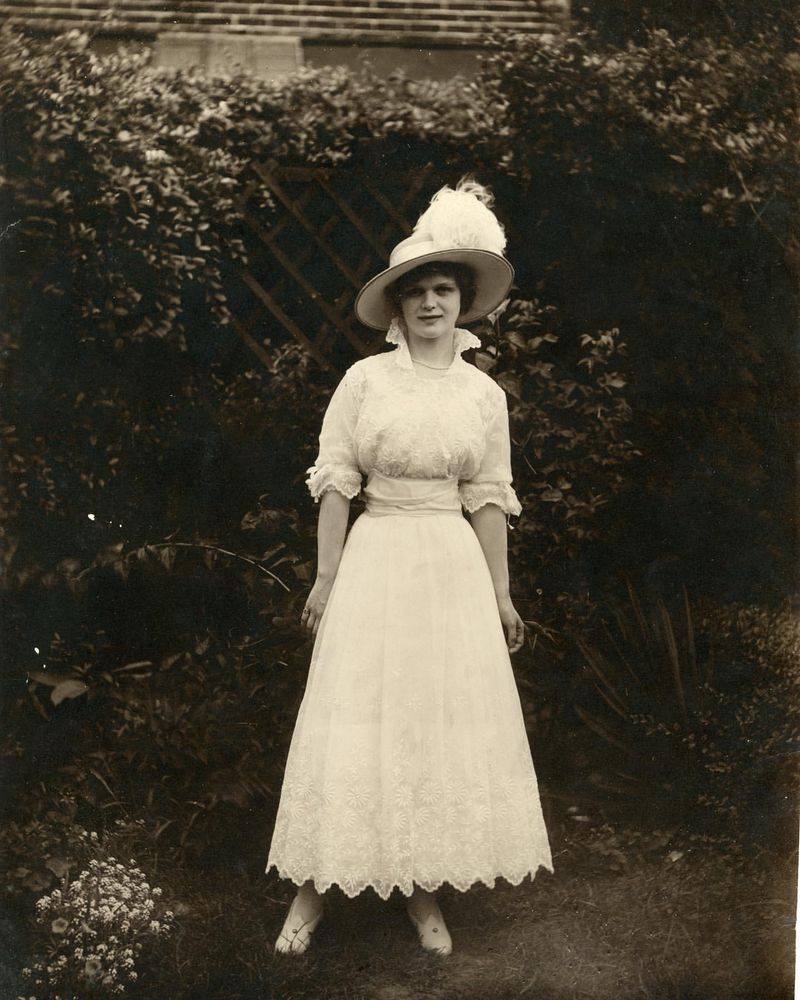
Women wearing pants once shocked society to its core. Schools sent girls home, businesses fired female employees, and some restaurants even refused service to women in trousers. The backlash wasn’t about fashion but fear—pants symbolized women stepping into men’s roles.
The U.S. Senate banned women in pants until 1993! Teachers and office workers risked their jobs by wearing them. Even Katharine Hepburn caused scandal by preferring pants in the 1930s.
This restriction kept women physically restricted in skirts that limited movement and reinforced visual differences between genders.
2. Mandatory Corsets
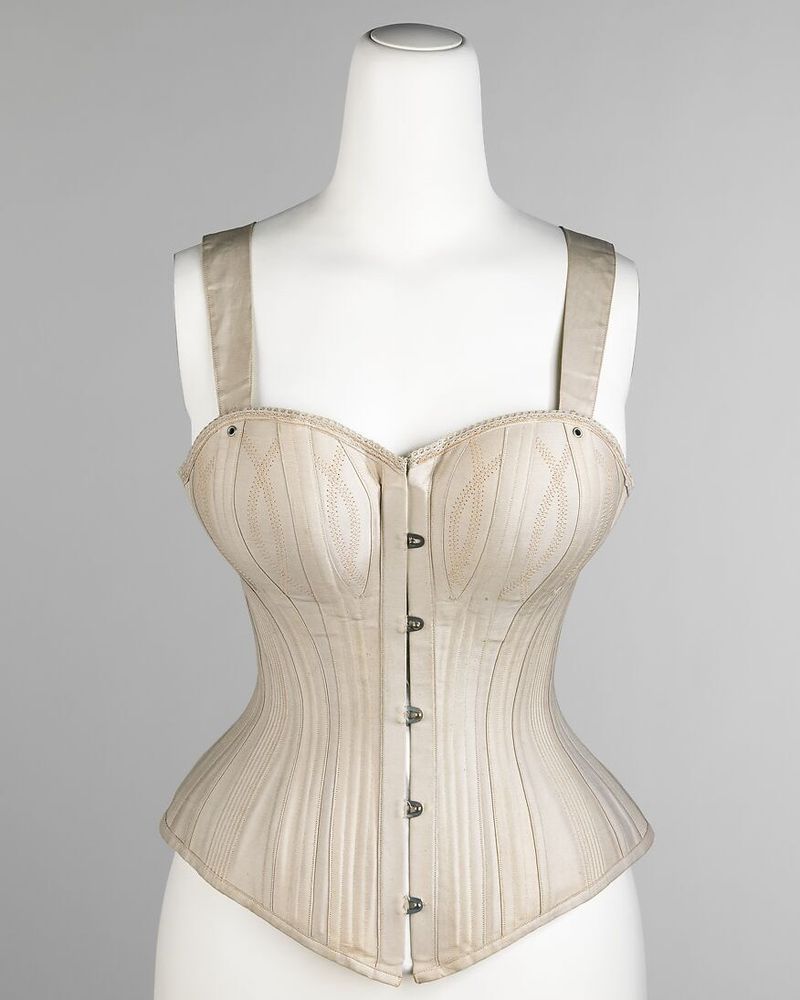
Imagine having your organs squeezed and ribs potentially broken—all for fashion. Victorian women endured this torture daily. Corsets created the coveted 18-inch waists by compressing internal organs and restricting breathing.
Young girls started wearing them as early as age 4, training their developing bodies into socially acceptable shapes. Women who refused faced harsh judgment, considered improper or morally suspect.
The health consequences were severe: restricted breathing, damaged ribs, digestive problems, and even internal bleeding. Yet society demanded this sacrifice to maintain the illusion of feminine fragility and control women’s physical presence.
3. Skirt Length Restrictions

Rulers in hand, teachers and employers once measured the inches between hemline and knee with frightening authority. The 1960s mini-skirt revolution sparked moral panic, with schools implementing the “fingertip rule”—skirts couldn’t be shorter than where fingertips reached when arms hung down.
Girls were humiliated in front of classmates, made to kneel while administrators measured their skirts. Some schools sent students home or forced them to wear gym clothes as punishment.
The obsession with hemlines placed responsibility for men’s thoughts on women’s bodies, suggesting that showing too much leg would distract boys from learning or men from working.
4. Hair Must Be Neatly Styled
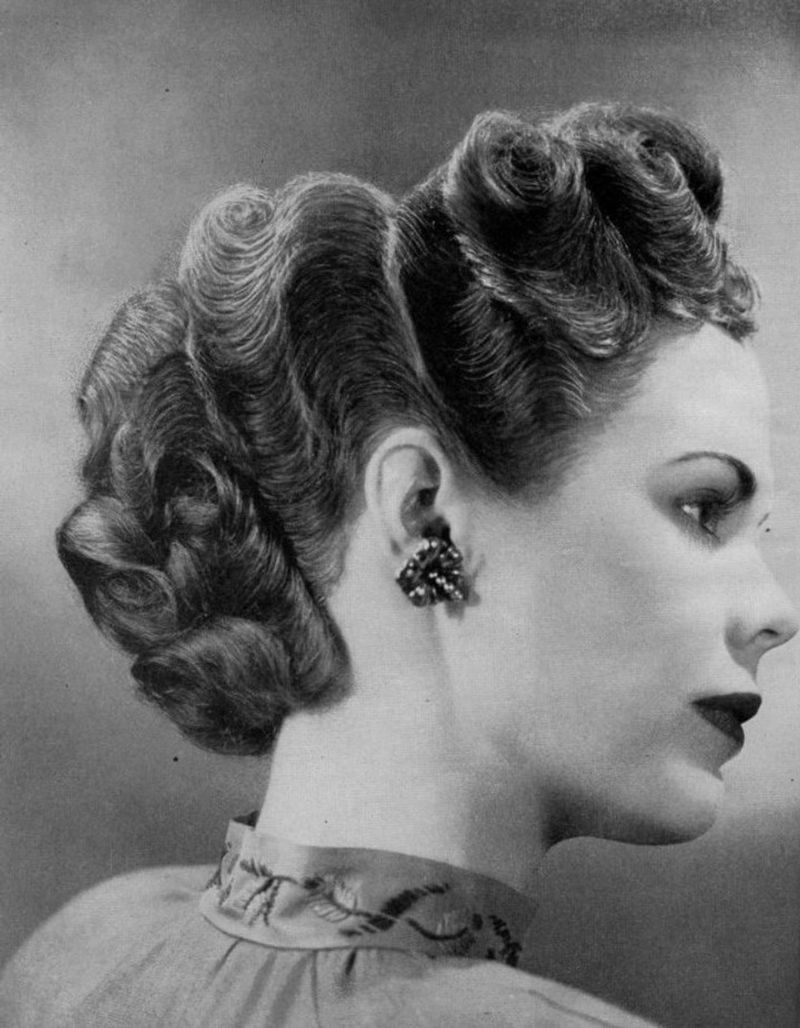
Natural Black hairstyles faced particularly harsh scrutiny in professional settings. Women with afros, braids, or dreadlocks were told their hair was “unprofessional” or “distracting”—code words hiding racial bias behind corporate policy.
Flight attendants followed strict hair guidelines—must be off the collar, no natural curls. Even the military banned natural Black hairstyles until recent years!
Women spent hours and endured pain straightening their hair to fit European beauty standards. The message was clear: your natural self isn’t acceptable here. These policies weren’t about neatness but about forcing women to conform to narrow beauty ideals regardless of culture or hair texture.
5. No Makeup… or Too Much Makeup
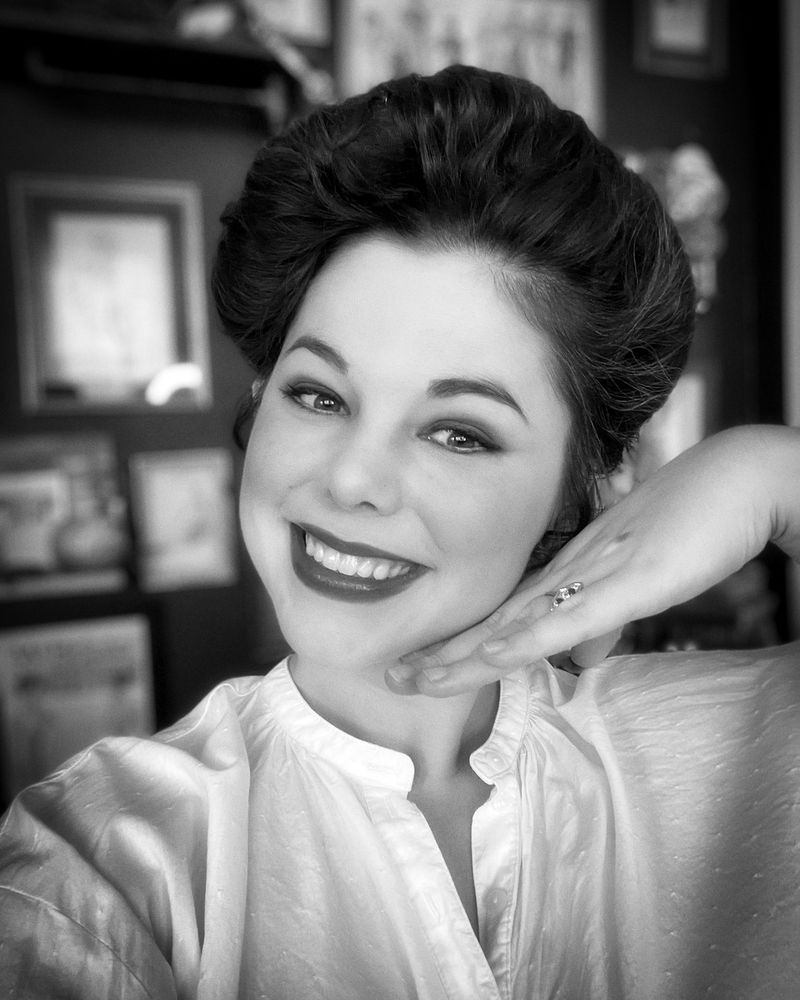
Women faced an impossible balancing act—wear makeup but not too much. Without it, they risked being called “unprofessional” or “sickly.” With too much, they were labeled “provocative” or “unprofessional” in the opposite direction.
Flight attendants were weighed and inspected before flights, with mandatory lipstick checks. Office workers received feedback about their appearance in performance reviews, with some even fired for refusing to wear makeup.
The double standard was glaring—men judged on work quality while women’s careers hinged on achieving the perfect “natural” look that actually required extensive products and time. This unwritten rule controlled women through exhausting, expensive beauty standards.
6. Color Limitations

Red lipstick once marked you as “fast” or “loose”—a woman of questionable morals. Bright colors drew attention, and good girls weren’t supposed to be noticed. Navy, beige, and muted pastels became the uniform of respectability.
Schools banned red nail polish and bright clothing colors. Workplace handbooks suggested “neutral tones” for women seeking advancement. Even brides were expected to wear white to symbolize purity.
The psychology behind these restrictions was powerful—bold colors represented bold personalities. By limiting women to bland shades, society effectively dimmed their visual presence and expression. Color became a form of rebellion, with each red dress a tiny revolution against invisibility.
7. Head Coverings Required
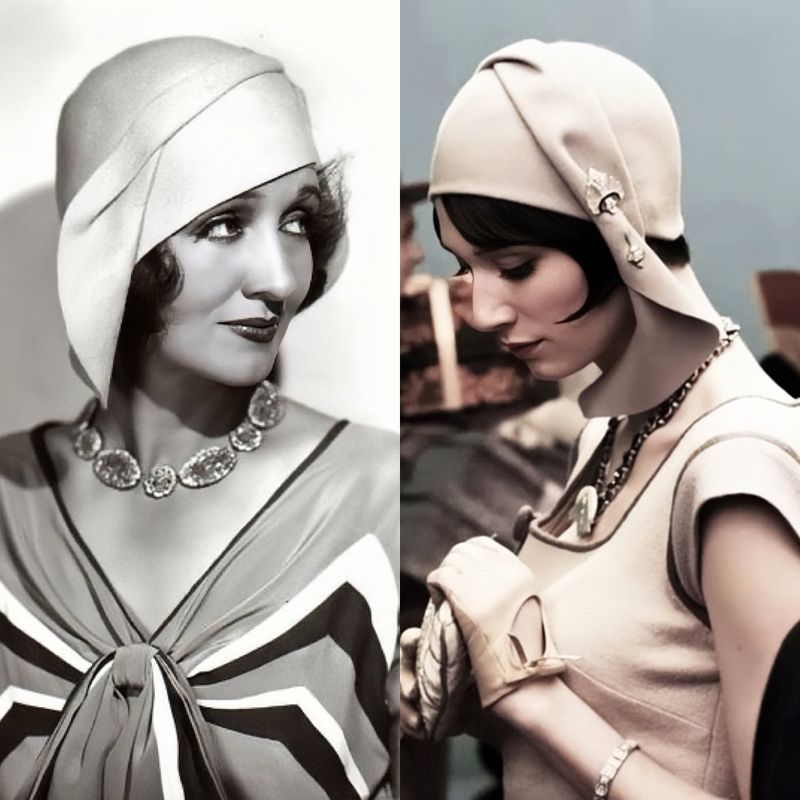
Catholic women once couldn’t enter churches without veils or hats covering their hair. The practice stemmed from St. Paul’s teaching that women should cover their heads as a sign of submission to men and angels.
Beyond religious settings, women’s bare heads signaled impropriety. Ladies wore hats outdoors until the 1960s revolution challenged these norms. In some cultures, showing hair in public could result in punishment or social ostracism.
Head coverings weren’t simply fashion choices but visible symbols of control. While some women embraced these traditions as meaningful expressions of faith, others had no choice. The common thread? Women’s bodies required covering in ways men’s didn’t.
8. No Visible Shoulders or Knees
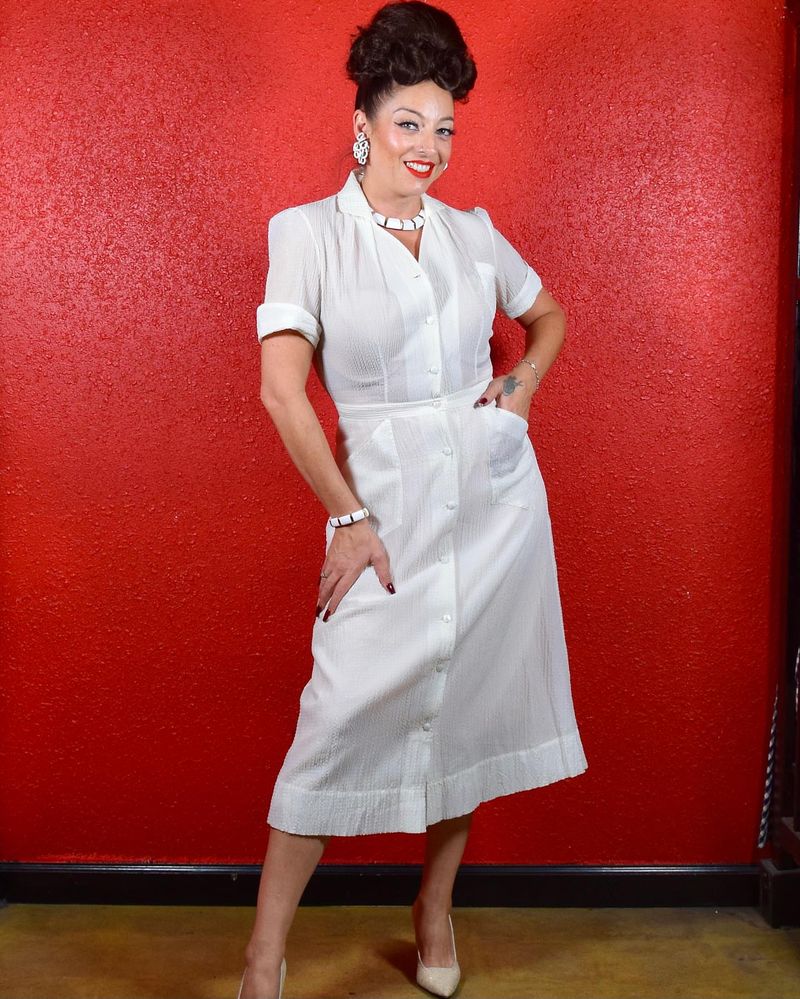
School girls still face dress code violations for showing shoulders—deemed too distracting for male classmates and teachers. The language around these codes reveals the problematic thinking: girls’ bodies are inherently provocative and must be hidden.
Summer temperatures soaring? Doesn’t matter. Girls sweat through layers while boys wear shorts and t-shirts. Many religious schools enforce “fingertip-length” shorts and “four-finger-width” straps.
The burden falls entirely on young women to prevent others’ inappropriate thoughts. Rather than teaching respect, these codes teach girls their bodies are problems to solve. Meanwhile, the same body parts on males face no restrictions, highlighting the gendered nature of “modesty.”
9. No “Masculine” Clothing
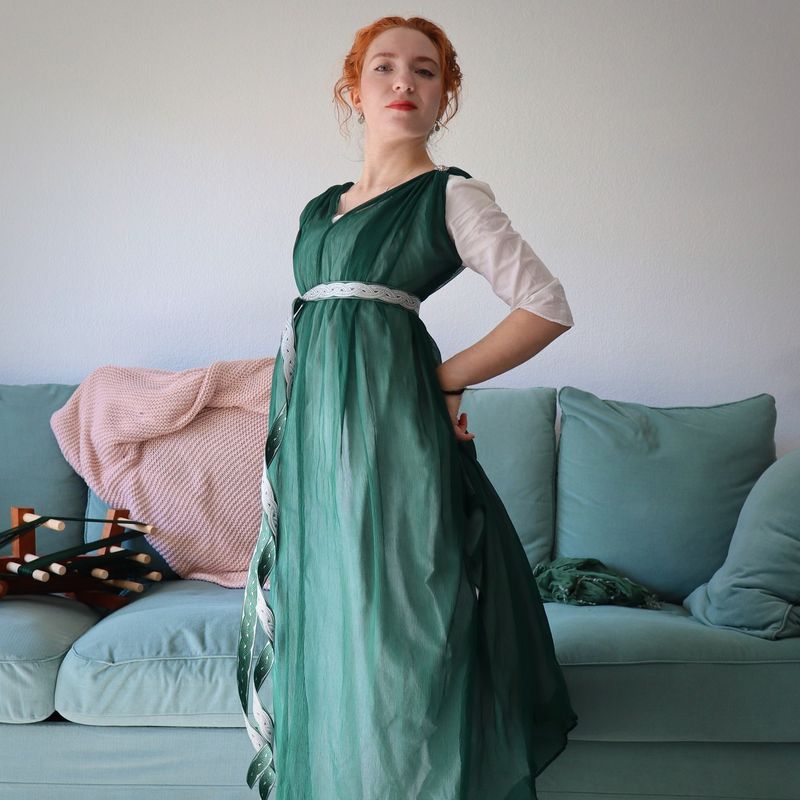
Power suits with shoulder pads became women’s armor in 1980s corporate America. Yet many workplaces pushed back, calling the style “too aggressive” or “unfeminine.” Women adopting masculine clothing threatened the gender hierarchy.
Dress codes often required women to wear skirts or dresses. Diane Keaton’s menswear-inspired look in Annie Hall shocked audiences precisely because it challenged these norms. Combat boots, loose jeans, or ties on women sparked accusations of lesbian identity—used as a threat to enforce conformity.
The fear wasn’t about clothing but about women claiming male power symbols. Every woman in a tailored suit visually challenged the idea that leadership belonged exclusively to men.
10. High Heels as Requirement
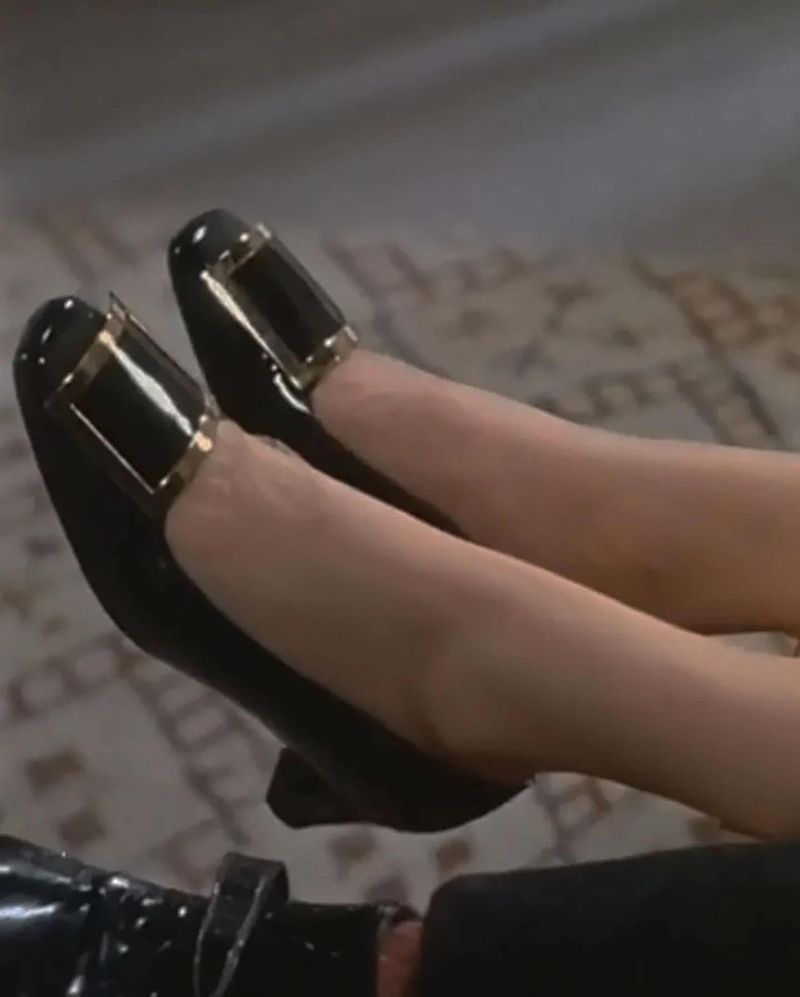
Flight attendants developed permanent foot damage from mandatory high heels. These weren’t fashion choices but employment requirements—women sent home without pay for wearing comfortable shoes.
In 2016, a London receptionist was sent home for refusing to wear 2-4 inch heels during her 9-hour shift. Her petition against forced heel-wearing gathered over 150,000 signatures, highlighting how recently these requirements existed.
Heels reshape posture, shorten calf muscles, and cause long-term joint damage. Yet many workplaces insisted on them, proving these policies weren’t about professionalism but about maintaining a specific type of femininity—one that literally restricted women’s mobility and comfort in the workplace.
11. No Jeans or Casualwear
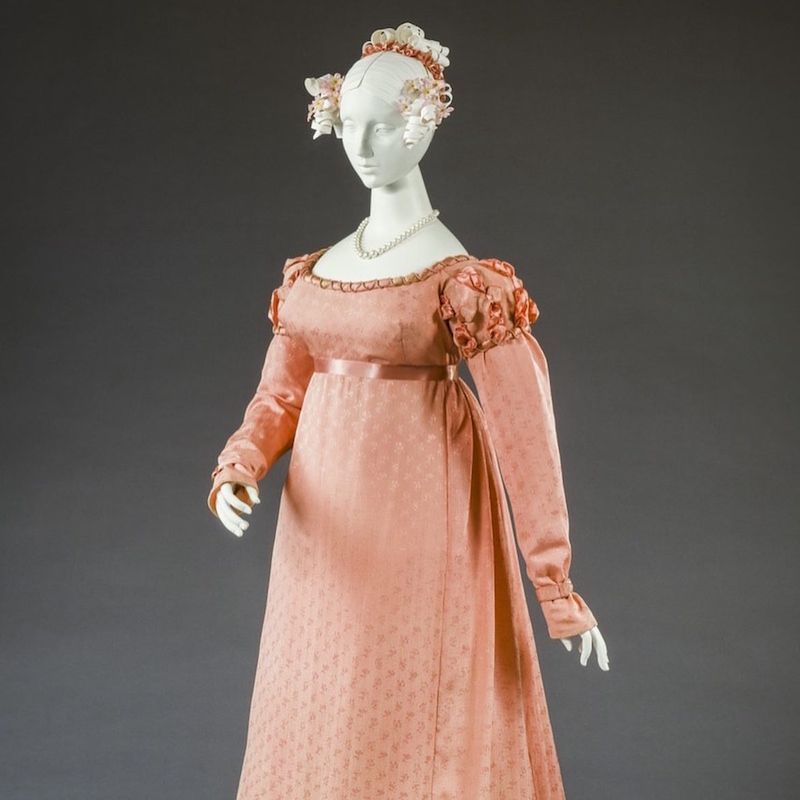
Women fought harder for casual Friday privileges than men. When companies introduced business casual, men could wear khakis and button-downs while women still navigated complicated rules about appropriate skirt lengths and necklines.
Female politicians face intense scrutiny for casual attire. Remember the outrage when Michelle Obama wore shorts? Meanwhile, male leaders receive praise for appearing relatable in jeans.
Religious communities often banned women from wearing pants to services long after men could dress comfortably. The message? Men deserved comfort and practicality while women’s primary purpose remained decorative. This double standard forced women to sacrifice comfort for acceptance, spending more time and money on appearance.
12. Modesty Laws in Public Spaces
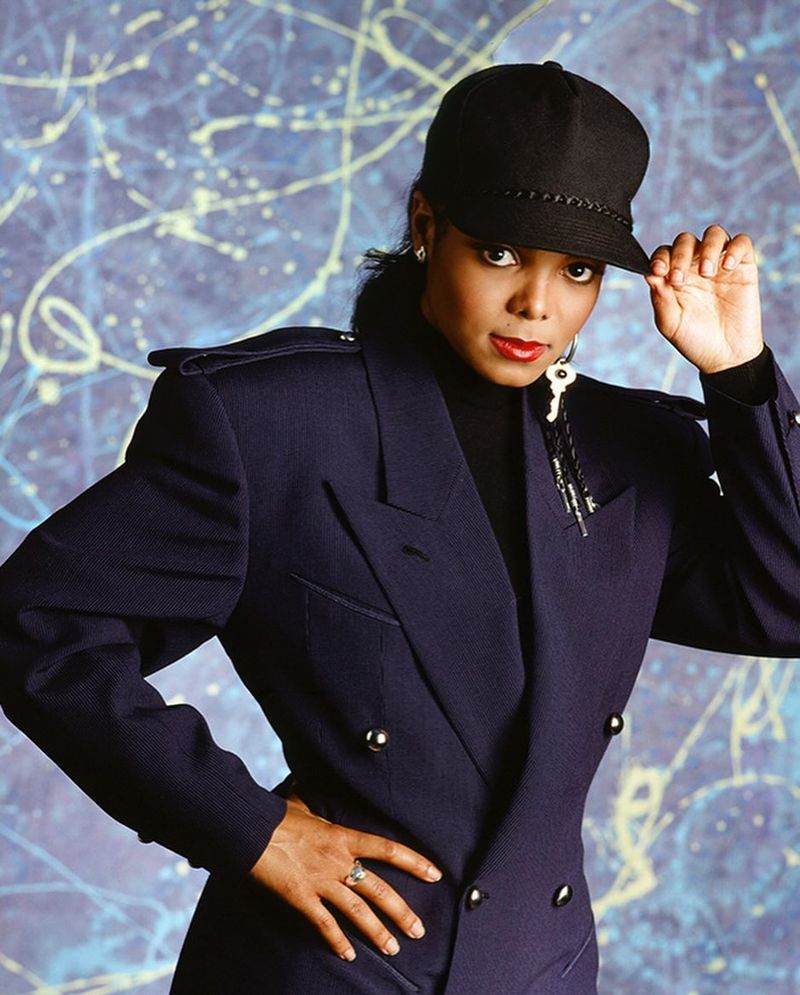
Women have been arrested for wearing shorts in public within living memory. In the 1920s, “beach police” measured swimsuits and fined women whose knees showed. Some cities had laws specifying exactly how many inches of skin could legally be visible.
Even today, women face ejection from public spaces for breastfeeding or wearing athletic attire. Many water parks maintain different rules for male and female attire, focusing on covering female bodies.
These laws control women’s access to public life. When swimming, exercising, or simply existing comfortably in hot weather becomes legally risky, women’s freedom of movement is effectively curtailed. The criminalization of women’s bodies creates invisible barriers to participation in everyday activities.
13. Matching Gloves, Hats, and Purses
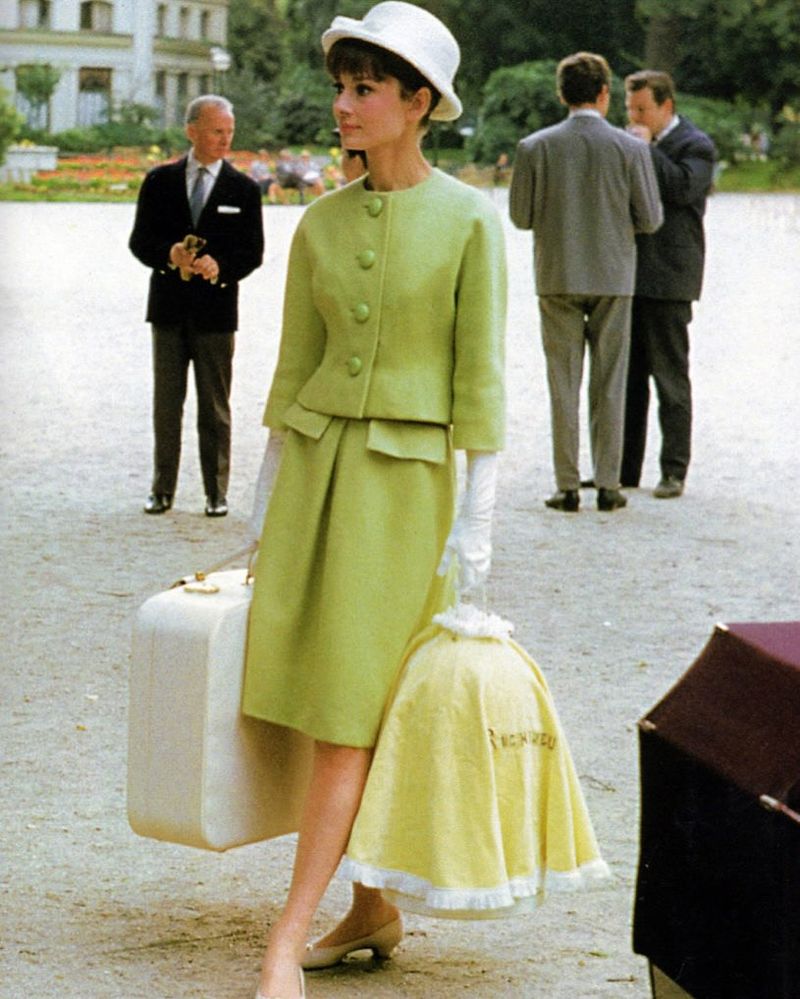
Mid-century women couldn’t simply grab a purse and go. Social expectations demanded perfectly coordinated accessories—hat, gloves, shoes, and handbag in matching colors and materials. This wasn’t just fashion advice but social requirement.
Etiquette books devoted entire chapters to proper accessory coordination. Women spent hours planning outfits and stretching limited budgets to maintain appearances. Showing up with mismatched accessories signaled carelessness or, worse, rebellion against social norms.
This expectation created financial burden and time constraints men never faced. The hidden message? A woman’s value lay in her appearance, and the effort required to maintain it should be invisible yet perfect. These rules kept women busy with trivialities rather than focused on advancement.

Comments
Loading…